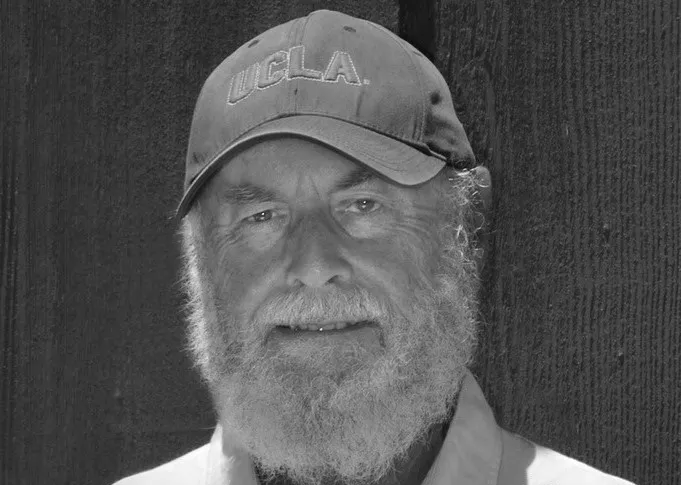Millbrook Group has announced an expansion of its Test World tyre testing site in Finland. The project will increase the capacity for testing on natural snow and ice and introduce wet and dry braking, aquaplaning and split friction surfaces.
Customers can already test tyres and vehicles on natural snow at Test World twelve months of the year. The site currently has two indoor winter test facilities which can be used in the milder months when the outdoor snow and ice tracks are not available. The proposed expansion will create three additional indoor areas, doubling the amount of indoor testing space.
The wet and dry braking facility will open Test World to a new market, attracting customers who wish to test winter tyres on wet and dry surfaces as well as on snow and ice. The length of the extended facility will allow Test World to test brakes on passenger cars at higher speeds than possible in the existing space. The adjustable temperature and humidity will give an advantage to development, certification and labelling testing for tyres by allowing greater environmental control.
Once complete, the laboratory will provide the majority of objective tests required by tyre manufacturers at one facility, year-round. The results of tests conducted indoors on natural snow at Test World are comparable to outdoor results, and so tyre manufacturers now have more of an appetite for such tests. New garages will be added as part of the expansion to support the increased number of tests.
Millbrook Group announces expansion of year-round testing at Test World
Millbrook Group has announced an expansion of its Test World tyre testing site in Finland. The project will increase the capacity for testing on natural snow and ice and introduce wet and dry braking, aquaplaning and split friction surfaces.
June 19, 2017
Read time: 2 mins










